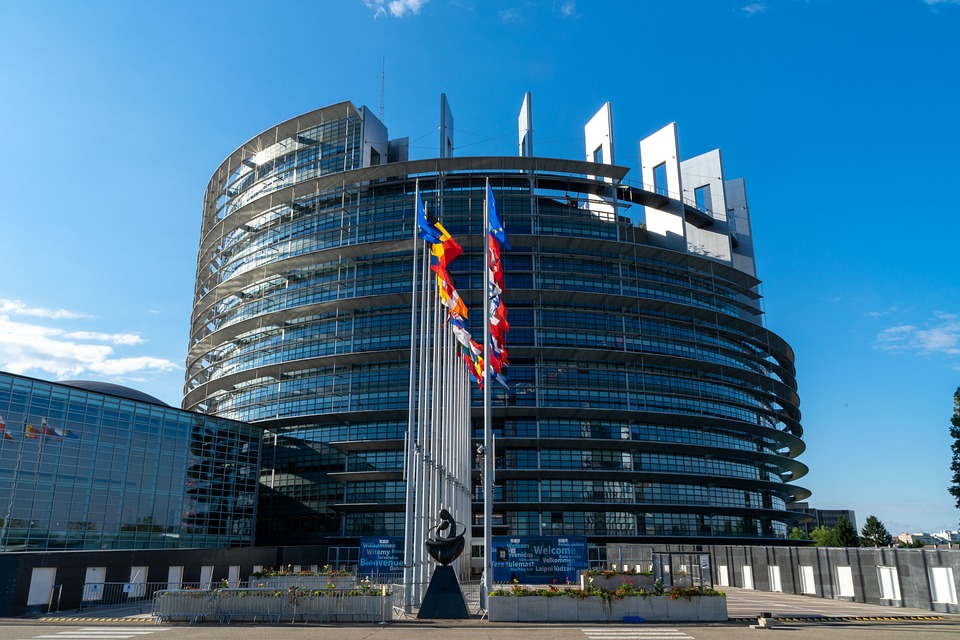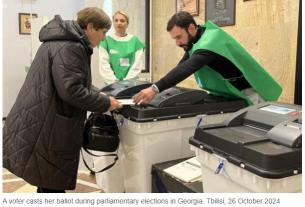The European Union has unveiled a new global digital strategy aimed at strengthening technological cooperation with key democratic partners while reinforcing the bloc’s strategic autonomy in an increasingly polarized global tech landscape.
The Global Digital Partnerships Strategy, announced by the European Commission, outlines a framework for deeper digital cooperation with countries including Japan, South Korea, India, Singapore, and Australia. The initiative will be spearheaded through a new Digital Partnership Network, a platform designed to coordinate joint projects, standards development, and secure technology infrastructure.
Notably, the strategy does not extend to the United States or China, underscoring Brussels’ intent to navigate a path of digital sovereignty amid intensifying geopolitical competition between Washington and Beijing.
Strategic Goals and Key Partnerships
The strategy positions digital policy as a core element of the EU’s foreign policy, aiming to promote democratic values in technology governance, foster open and interoperable standards, and reduce dependency on foreign technology providers.
“Our goal is a secure, open, and inclusive digital environment anchored in our values,” said Margrethe Vestager, Executive Vice President of the European Commission. “By working with like-minded countries, we can shape global digital rules and reduce our vulnerabilities in critical technologies.”
Key areas of cooperation under the new strategy include:
- 5G and 6G infrastructure development
- Semiconductor research and supply chain diversification
- Cybersecurity frameworks and joint threat assessments
- Cross-border data governance and AI regulation
- Digital skills and talent mobility programs
The EU has already signed bilateral digital partnership agreements with Japan, South Korea, and Singapore in recent years, which the new framework aims to expand into a multilateral, coordinated format.
A Deliberate Shift Away from U.S. and China
The absence of the United States and China from the partnership list marks a significant pivot in the EU’s digital diplomacy. While the EU and U.S. maintain collaboration through forums like the Trade and Technology Council (TTC), tensions over data privacy, antitrust enforcement, and tech regulation have persisted.
Meanwhile, growing concerns over China’s role in global digital infrastructure—particularly around companies like Huawei and ZTE—have prompted the EU to advocate for a “trust-based approach” to 5G networks and a secure-by-design policy in AI and quantum technologies.
Analysts say the strategy reflects the EU’s broader objective of digital sovereignty, which emphasizes reducing dependency on non-European technology and asserting control over its data and digital infrastructure.
“This is the clearest sign yet that the EU intends to build a third pole in the global tech order—distinct from both Silicon Valley and Beijing,” said Dr. Andrea Renda, a senior fellow at the Centre for European Policy Studies (CEPS).
Funding and Institutional Support
The European Commission will allocate funding through existing instruments such as Global Gateway, the bloc’s infrastructure investment initiative, and the Digital Europe Programme. These funds will support pilot projects, regulatory alignment, and public-private partnerships in emerging technologies.
A new Digital Diplomacy Task Force within the European External Action Service (EEAS) will also coordinate with partner nations and monitor compliance with EU norms and standards in digital governance.
Looking Ahead
The rollout of the global digital strategy comes at a time of growing global concern over the concentration of technological power and the need for diversified, resilient supply chains in strategic sectors. As elections, cyber threats, and AI regulation dominate international agendas, the EU’s move is seen as both a defensive and visionary effort to shape the rules of the digital future.
“The digital decade will be defined by who sets the standards,” said Internal Market Commissioner Thierry Breton. “Europe intends to lead—not follow.”
Sources: European Commission, EEAS, Centre for European Policy Studies (CEPS), Global Gateway, Digital Europe Programme



